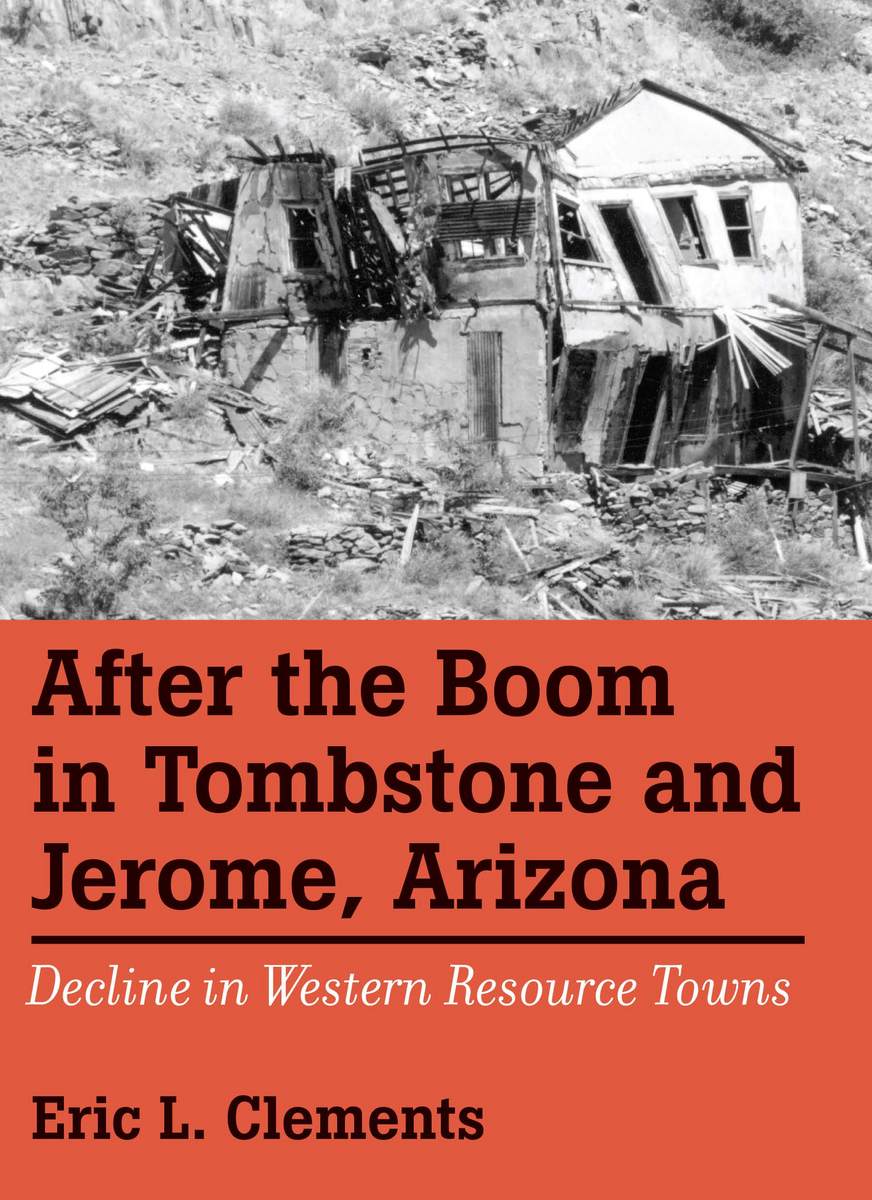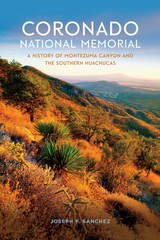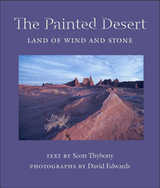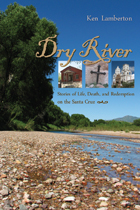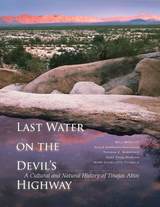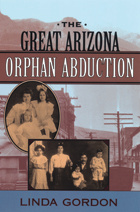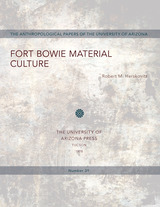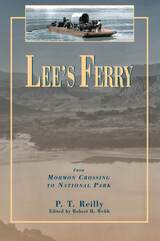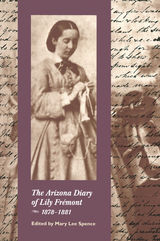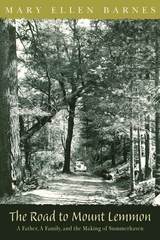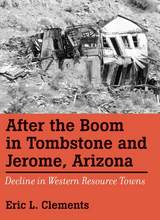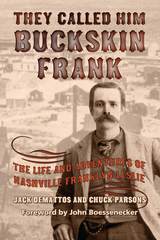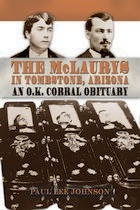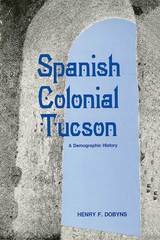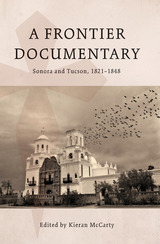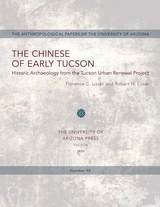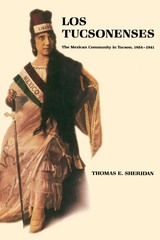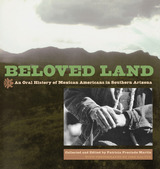After The Boom In Tombstone And Jerome, Arizona: Decline In Western Resource Towns
University of Nevada Press, 2014
Cloth: 978-0-87417-571-4 | Paper: 978-0-87417-958-3 | eISBN: 978-0-87417-581-3
Library of Congress Classification F819.T6C5 2003
Dewey Decimal Classification 979.153
Cloth: 978-0-87417-571-4 | Paper: 978-0-87417-958-3 | eISBN: 978-0-87417-581-3
Library of Congress Classification F819.T6C5 2003
Dewey Decimal Classification 979.153
ABOUT THIS BOOK | AUTHOR BIOGRAPHY | REVIEWS | TOC | REQUEST ACCESSIBLE FILE
ABOUT THIS BOOK
Focusing on two Arizona towns that had their origins in mining bonanzas—Tombstone and Jerome—historian Eric L. Clements offers a rare study dissecting the process of bust itself—the reasons and manners in which these towns declined as the mining booms ended. Tombstone was the site of one of the great silver bonanzas of the nineteenth century, a boom that started in the late 1870s and was over by 1890. Jerome’s copper deposits were mined for much longer, beginning in the 1880s and enduring until the 1930s. But when the mining booms ended, each town faced its decline in similar ways. The process of decline was more complex than superficial histories have indicated, and Clements discusses the role of labor unions in trying to stave off collapse, the changing demography of decline, the nature and expression of social tensions, the impact on institutions such as churches and schools, and the human responses to continued economic depression. But bust involved more than a steady decline into ghost-town status, Clements discovers: the towns' remaining residents employed numerous strategies to survive and reduce household expenses. In the end, both towns reinvented themselves as late-twentieth-century tourist attractions.
